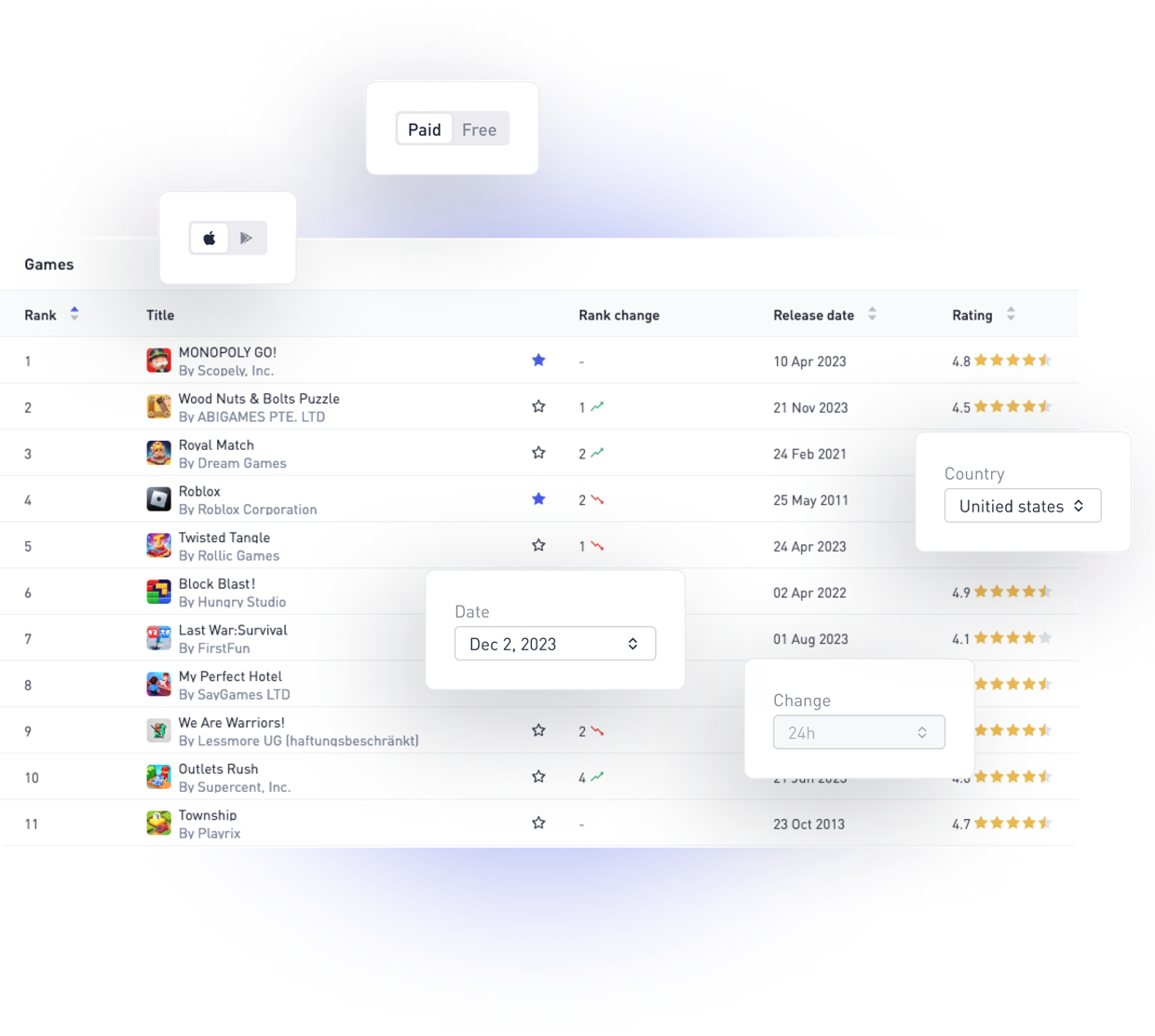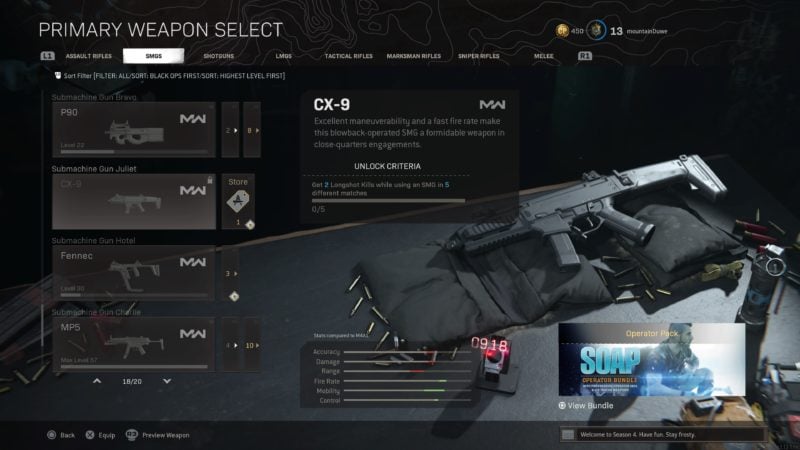
Other than that one spike, the recording is clean, so the band wants to use that take. You’re recording a band live in the studio and the guitarist hits a note that’s significantly louder than the rest of his part.You’ll also be able to bring up the volume of any quiet dialogue without losing clarity. Regardless of any changes in voice volume, 32-bit float captures each word without clipping. You’re on a film set and you need the dialogue between your two leads in a dynamic scene.Here are some scenarios where 32-bit float can compliment your audio setup: Plus, in scenarios where you have only one shot to get the recording, like a live broadcast or an elaborate film stunt, trying another take due to bad audio simply isn’t an option. While you can “ride” the gain knob and adjust in real time, this requires constant attention which can distract you from other aspects of the production.

Even if you adjust your gain in soundcheck, there’s still a certain degree of unpredictability: a singer suddenly jumps in volume, a car engine revs louder than expected, an actor accidentally projects their line away from the mic, and so on. Usually the solution to overly loud or quiet audio starts with adjusting the gain, which increases or decreases your input signal so that your audio stays within the available dynamic range.

On the other hand, an actor suddenly whispering can result in audio so low that it cannot be recovered in post. Something as simple as an extra loud snare drum hit can cause your audio to clip or distort. Even though 24-bit audio offers a sizable dynamic range, you’ll still encounter some common limitations. However, when a sound source hits a dB level outside of a given bit depth’s range, the analog signal won’t properly convert and the resulting audio file will contain irreversible digital distortion. Having both high sample rate and bit depth results in more accurate analog-to-digital audio conversion, and in turn, higher-quality recordings. For example, 8-bit audio––the bit depth of choice for the most iconic video games in the 80s and 90s––results in sounds that are flat and robotic since it only contains 256 possible amplitude values, while the industry-standard 24-bit format produces more lifelike audio using over 16 million available values. Each bit can hold a certain number of units called amplitude values, which determines the available dynamic range for a given audio file. For example, a 44.1kHz sample rate––standard digital CD quality––means your DAW is producing 44,100 samples per second when recording.īit depth, meanwhile, tells you how much data space (measured as bits) is available within each sample. Sample rate tells you how many samples your DAW is capturing every second the higher the sample rate, the more true-to-life your recordings will sound.

True game data shotgun software#
When you’re recording with a computer, your digital audio workstation (DAW) software takes the initial analog signal and breaks it down into many snapshots (samples) in order to convert it to a digital signal. The reason why digital audio distortion occurs in the first place comes down to sample rate and bit depth. This can be caused by anything from a singer unexpectedly jumping in volume (and clipping), to an actor speaking too quietly in a scene (and causing extra noise if you turn them up in post). Anyone who has worked in audio has likely had an otherwise solid recording ruined by unwanted digital noise. To best understand 32-bit float, let’s start with the problem it solves: Audio distortion caused by volume, like clipping or white noise. Understanding Bit Depth and Digital Distortion:


 0 kommentar(er)
0 kommentar(er)
